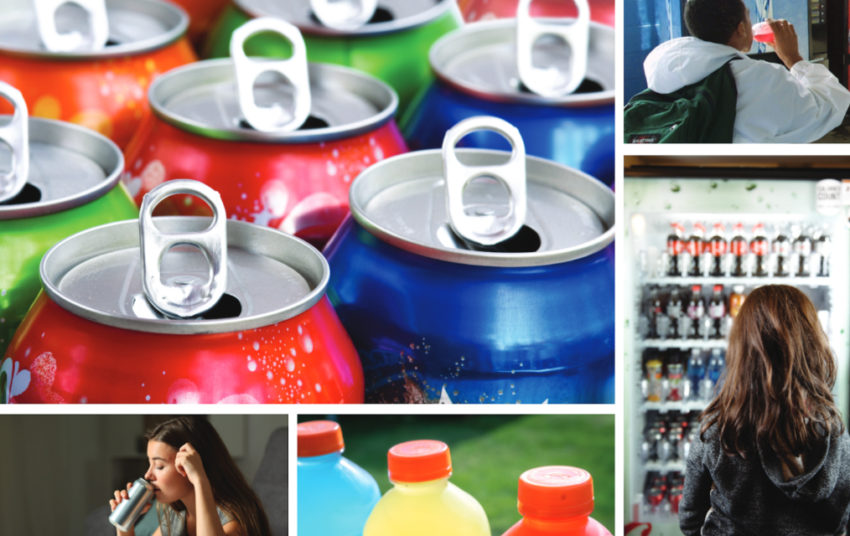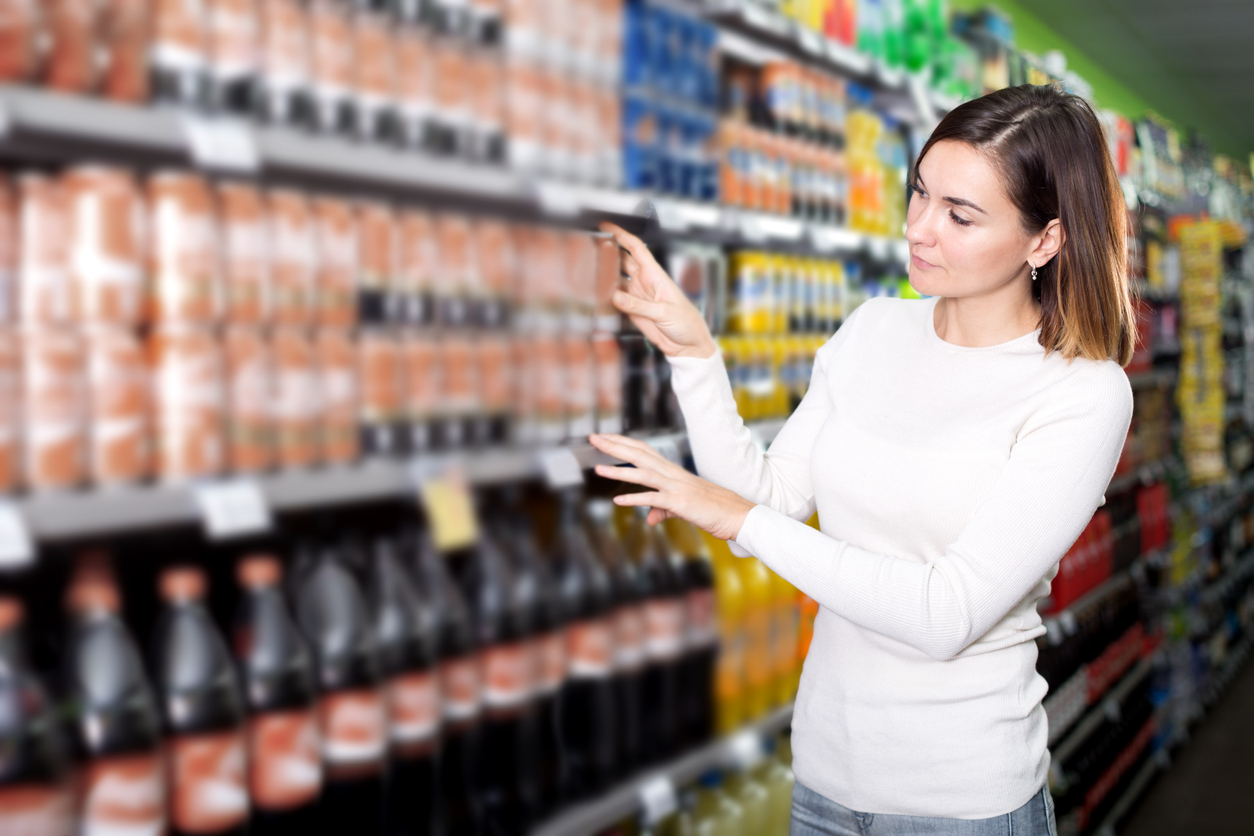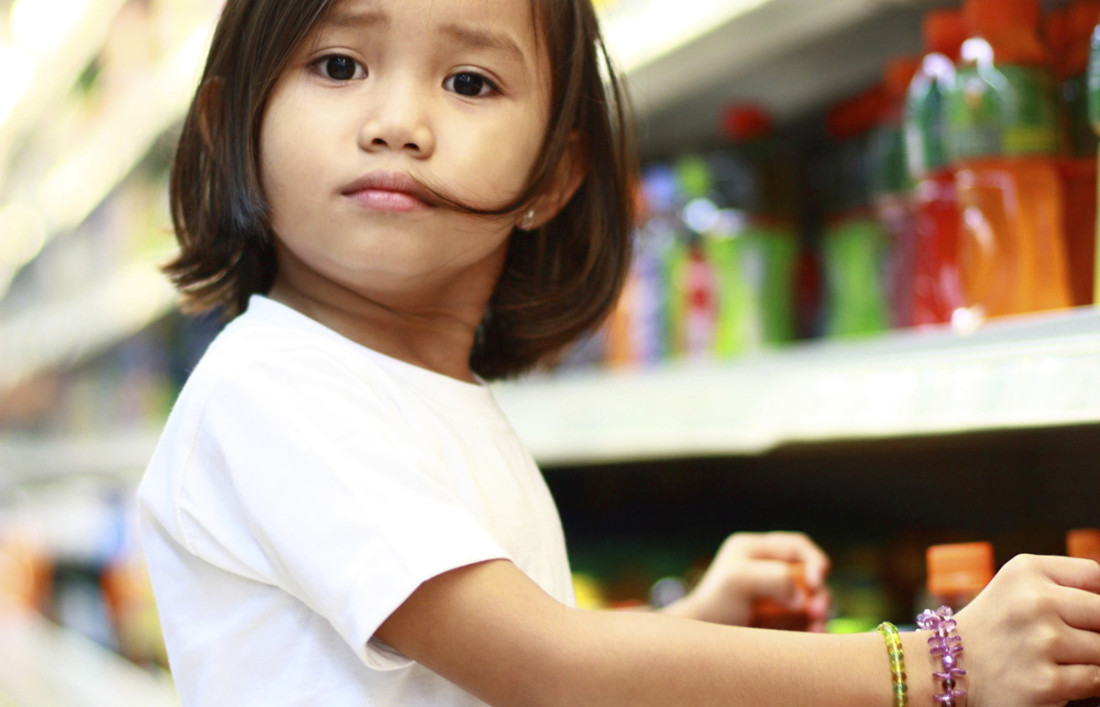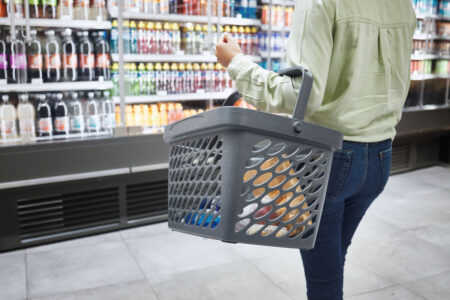
Share On Social!
Spending on sugary drink TV advertising aimed at black and Latino youth is up, according to Sugary Drink FACTS 2020, a new report from the Rudd Center for Food Policy & Obesity.
Overall, the report found that in 2018 companies spent a whopping $1 billion (26% increase since 2013) in sugary drink advertising. These drinks include regular soda, sports drinks, iced tea, fruit drinks, flavored water, and energy drinks.
Pepsi and Coca-Cola accounted for the largest share of sugary drink advertising in 2018.
In the report researchers also explored the nutritional value of sugary drinks advertised by large companies.
“These analyses of the nutrition content and advertising of sugary drinks and energy drinks demonstrate that beverage company advertising of sugary drinks to young people has worsened in recent years despite public health concerns,” according to the report.
Sugary Drinks Pushed to Black and Latino Teens
Latino kids at all ages consume more sugary drinks than the average child, according to a Salud America! research review.
Unfortunately, similar to the findings of Children’s Drink FACTS 2019, the 2020 report found that sugary drink manufacturers continue to disproportionately target Latino and Black youth with sugar-infused advertising.
According to the new report:
- Black teens saw 2.3 times as many ads on TV for sugary drinks as white teens. The majority of these television ads consisted of ads for regular sodas, energy drinks and sports drinks.
- Even as fewer Latino preschoolers and children watch Spanish-language TV, Latino preschoolers viewed 13% more Spanish-language TV ads for regular soda/soda brands in 2018 than in 2013 (38 vs. 33 ads viewed), and Latino children viewed 25% more ads (32 vs. 26).
“Our findings demonstrate that beverage companies continue to target their advertising to Black and Hispanic communities, which exacerbates ongoing health disparities affecting those communities,” said Jennifer L. Harris, PhD, MBA, lead study author and senior research advisor at the Rudd Center.
Exposure to Sugary Drinks Through Spanish TV Ads
 Over the last decade, advertising of sugary drinks trended upward on Spanish-language TV, with expenditures reaching $84 million in 2018. This is an 8% increase in spending from 2013 and an 80% increase from 2010.
Over the last decade, advertising of sugary drinks trended upward on Spanish-language TV, with expenditures reaching $84 million in 2018. This is an 8% increase in spending from 2013 and an 80% increase from 2010.
Spending on Spanish-language ads continues to be mostly for regular sodas (66%) and sports drinks (31%), with only 5% spent on energy drinks.
“On Spanish-language TV, four companies – PepsiCo, Coca-Cola, Dr Pepper Snapple Group, and Innovation Ventures – were responsible for 98% of sugary drink and energy drink ad spending,” according to the report.
However, spending for sports drink ads on Spanish-language TV is on the rise.
Increases in Sports Drinks Advertising
Overall spending on sports drinks advertising increased dramatically (745%), and on Spanish-language TV, according to the report.
Latino teens in particular were exposed to over 10 times as many sports drinks ads as they were in 2013.
At least 21% of spending on sports drinks advertising went to directly Spanish-language TV, compared to an average of only 10% for all sugary drinks.
“Exposure to Spanish-language ads for sports drinks increased more than 10-fold, reaching 9 ads viewed by Hispanic preschoolers and 8.5 ads viewed by Hispanic children in 2018,” according to the report.
How Much is Too Much Sugar?
Sugary drinks are a leading contributed to added sugar consumption, empty calories, tooth decay, and unhealthy weight gain in both adults and children.
Dietary guidelines recommend that teens consume no more than 25 grams of added sugars, yet most products being marketed contain more than 25 grams per single serving.
 Researchers at Rudd found that most 12 ounce sodas contain around 37 grams of sugar while energy drinks contain 43.5 grams of sugar.
Researchers at Rudd found that most 12 ounce sodas contain around 37 grams of sugar while energy drinks contain 43.5 grams of sugar.
Energy drinks not only contained a high amount of sugar, but also contained zero calorie sweeteners and up to an average of 159 milligrams of caffeine.
While the unhealthy impacts of sugar consumption may have prompted some food and sugary drink companies to commit to making healthier products, the total amount spent on marketing unsweetened and diet products remains lower than the amount spent on sugary drink marketing, according to a summary of the Sugary Drink FACTS 2020 report.
What Can We Do To Reduce Sugary Drink Consumption?
The Sugary Drink FACTS report gives several recommendations for how we can go about reducing sugar sweetened beverage (SSB) consumption in communities of color.
Industry
- Manufacturers should expand pledges to restrict sugary drink advertising to children up to at least age 14.
- Media companies should reduce sugary drink advertisements during targeted programming.
- Corporations should address targeted marketing to communities of color, especially as we see the devastating effects of COVID-19 on these communities.
Policymakers
- States and local governments should enact excise taxes on sugary drinks and invest in community defined programming that promotes health and wellness and reduces socioeconomic disparities.
- The U.S. Food and Drug Administration (FDA) should establish regulations and labeling practices such as disclosing sugar content, caffeine, low-calorie sweeteners and juice.
- States and local government should prohibit the sales of energy drinks to children under the age of 18 and require the product to be placed in an area of low visibility.
Advocates & Health Care Providers
- Advocates should develop campaigns that highlight excessive marketing to communities of color, especially children. Youth should also be involved in the creation of counter marketing campaigns that expose predatory marketing.
- Health care professionals and organizations should also work to raise awareness of the harm of SSBs, especially for sugary drinks that are perceived as being healthier than soda (e.g., sports drinks, iced tea, and flavored waters) and energy drinks.
Our Salud America! research review also found several emerging solutions:
- Raise the price of sugary drinks. A 10% increase in sugary drink prices can reduce consumption by up to 12.1%.
- Reduce access to sugary drinks in childcare centers. Few early childcare centers report serving sugary drinks to kids ages 0-5. But increased regulation can reduce serving of sugary drinks and increase promotion of water.
Salud America! also created an Action Pack to help school leaders push for Water Bottle Fountains in schools to boost access to water for Latino and all kids.
By The Numbers
74
percent
of Latino kids have had a sugary drink by age 2 (vs. 45% of white kids)



